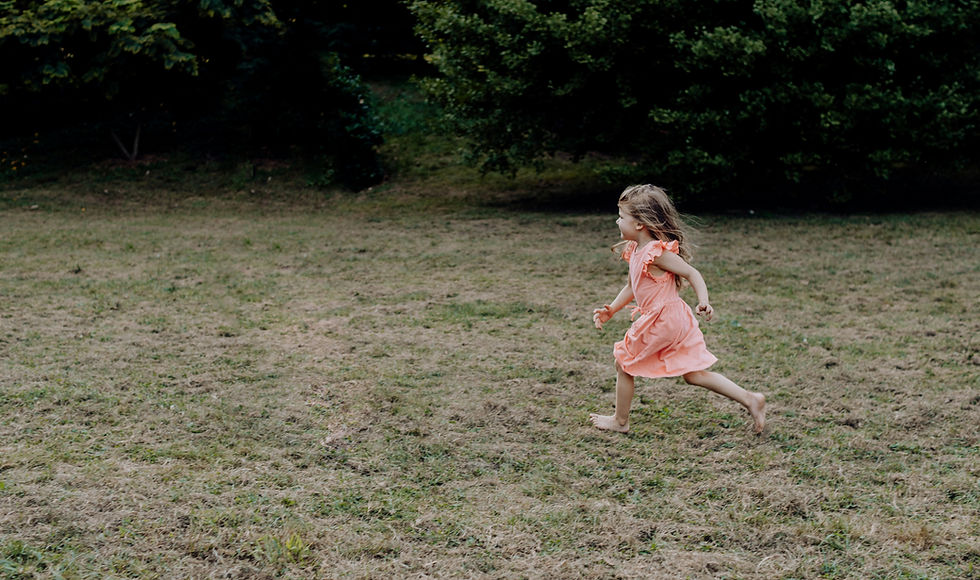Supporting Children After Trauma: Resources for Parents and Caregivers
- The Grove Psychology Practice

- Sep 16
- 3 min read
Updated: Sep 21
If you’re parenting or caring for a child who has been through trauma, you may sometimes feel unsure, exhausted, or even alone. Trauma can show up in so many ways—through big feelings, changes in behaviour, struggles at school, or quiet withdrawal. It’s not just the event itself that matters, but also how a child’s nervous system has had to work hard to cope with fear, loss, or ongoing stress.
The journey of recovery can feel overwhelming at times. The resources below may help you make sense of what might be happening for a child or young person you are caring for, and offer some ideas for ways forward.

Making Sense of the Stress Response
The note below is for parents and caregivers, offering an overview of how trauma may affect young children and what kinds of support can help. It comes from Healing Days: A Guide for Kids Who Have Experienced Trauma by Susan Farber Straus (Imagination Press), a book that helps children talk with trusted adults about their experiences.
When a Child Has Experienced Neglect
The note below is for parents and caregivers, outlining the impacts of neglect and ways to support children in recovery. It is drawn from Somebody Cares: A Guide for Kids Who Have Experienced Neglect by Susan Farber Straus (Imagination Press), a book that helps children understand their experiences and begin conversations with caring adults.
Understanding Developmental Trauma
Early loss, attachment disruption, or repeated adversity can leave a lasting imprint on a child’s development. Beacon House has produced a comprehensive guide for parents, carers, and family members, exploring how developmental trauma affects emotions, behaviour, relationships, cognition, and self-identity.
Fight, Flight, Freeze, and Collapse
Children’s nervous systems are designed to protect them from danger. Sometimes that shows up as fight or flight, and sometimes as freeze or collapse. These are not signs of failure, but survival responses the body uses when things feel too overwhelming to manage.
Exploring Freeze and Collapse: This Beacon House guide describes the internal experience of life-freeze and collapse. It explains why some children appear withdrawn or shut down in moments of stress, and how caregivers can support recovery through compassion and connection.
Alongside fight, flight, freeze, and collapse, some children also cope through dissociation—seeming “far away” or disconnected. Dissociation can be harder to notice, but it is another way the nervous system protects a child when experiences feel overwhelming.
Dissociation as a Coping Strategy
Some children and teens manage overwhelming experiences by dissociating—seeming “far away,” foggy, or disconnected. This can happen when frightening events occur, or when their basic needs for survival and connection weren’t met.
Understanding Dissociation: This Beacon House resource is written for parents, caregivers, and professionals who may be supporting children who use dissociation as a way of coping. It explains why dissociation develops and offers guidance on how to respond with safety and care.
Visualising Dissociation: Beacon House has also created a set of pictorial cards that show different ways dissociation can feel or appear—such as “dreamy,” “foggy,” “floating,” “body doesn’t belong to you,” “numb,” “memory lapses,” or “disconnected.” These visuals can help children and adults put words and images to experiences that are often difficult to explain.
Questions That Open Conversation
Sometimes the next step is knowing how to talk about what’s happened. This one-page tool from Beacon House offers simple, safe questions that can gently open space for conversation without pressure
Moving Forward
Recovery from trauma is gradual, shaped by many small moments of care and support. The resources gathered here are intended to open conversations and provide stepping stones toward safety, trust, and connection.



